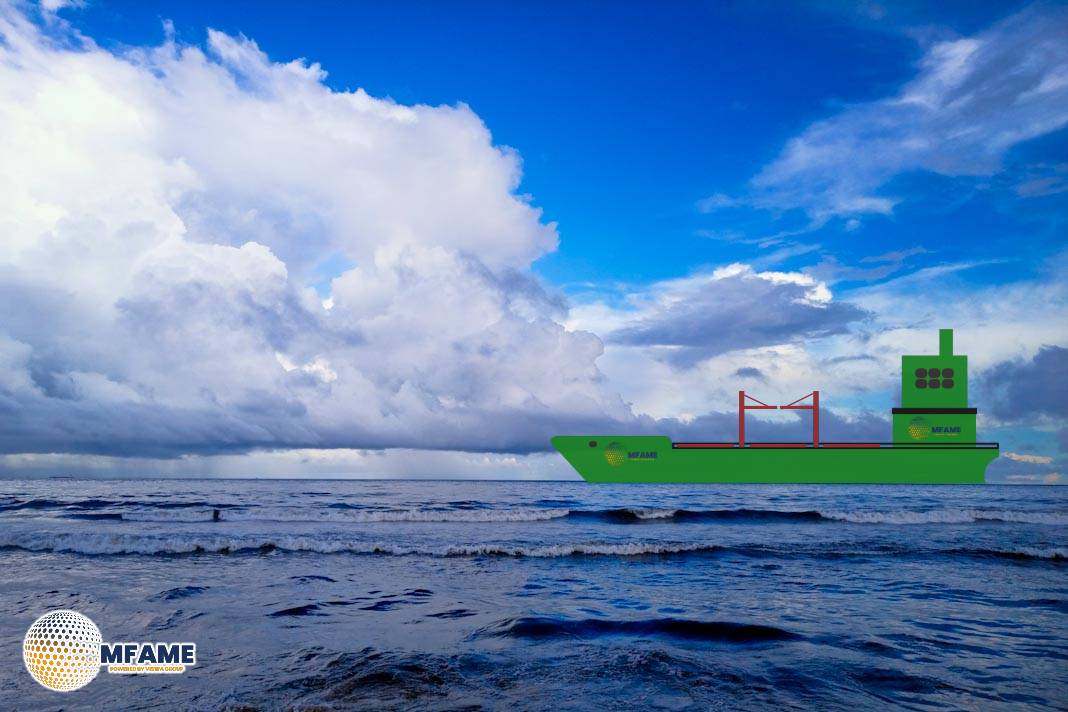Europe’s crucial inland waterways, including the Rhine and the Danube rivers, are currently experiencing exceptionally low water levels. This critical situation is a direct consequence of prolonged heat waves and drought conditions across Western Europe, which have limited rainfall and increased evaporation.
Rhine River Shipping Disruptions
The Rhine River, a critical waterway in central and western Europe, is facing significant disruptions, especially south of Duisburg and Cologne in Germany, including the choke point of Kaub. Low water levels are forcing cargo vessels to operate at approximately half capacity. This means that loads typically carried on a single vessel now require several barges, substantially increasing costs for cargo owners due to imposed surcharges on freight rates. Despite some rainfall over the weekend, commodity traders report only a moderate rise in water levels.
The Rhine is a crucial artery for Germany, transporting nearly 200 million tonnes of cargo annually, ranging from coal, car parts, grains, and food to chemicals. The current situation echoes the summer three years ago (2022), when a drought and heatwave similarly led to unusually low water levels on the Rhine, causing supply bottlenecks and production problems for German companies.
Broader European Impact
The problem of low river levels is not confined to Germany:
- Danube River (Hungary): Unusually low water levels on the Danube in Hungary are affecting both shipping and agriculture. With temperatures peaking at 35°C in Budapest last week, cargo ships are forced to operate at only 30-40% capacity, leaving behind more than half of their loads, as stated by Attila Bencsik, deputy president of the Hungarian Shipping Association.
- Vistula River (Poland): In Poland, the Vistula, the country’s longest river, has reached its lowest ever recorded level in Warsaw. This is a direct consequence of prolonged temperatures above 30°C and very little rainfall.
- Energy Sector (France): A similar scenario occurred three years ago (2022) in France, where the energy supplier EDF had to temporarily reduce output at its nuclear power stations on the Rhône and Garonne rivers. Heatwaves elevated river temperatures, restricting the plants’ ability to use the water for cooling purposes.
Water Scarcity in the UK
The lack of rainfall is also causing significant problems in the UK, particularly in Yorkshire. Data from Yorkshire Water, which serves over 5 million customers, shows a concerning decline in reservoir levels:
- Levels dropped from 63% in May to 55.8% in June.
- This is significantly below the average for this time of year, which stands at 81.9%.
- With most of the summer still ahead, reservoirs are close to half full.
- Yorkshire’s reservoirs have been declining since late January, following the driest spring in 132 years in the county and England’s warmest June on record.
- Compounding the issue, water usage typically increases during warm weather, with customers using almost 1.5 billion liters on June 30 alone, 200 million liters above Yorkshire Water’s typical daily output.
More rain is forecast for Germany in the coming days, which could offer some relief by raising water levels in the Rhine. However, the widespread and persistent nature of these low water levels across Europe highlights the increasing vulnerability of crucial infrastructure and economic activities to changing climate patterns and extreme weather events.
Did you subscribe to our Daily newsletter?
It’s Free! Click here to Subscribe!
Source: The Guardian

















